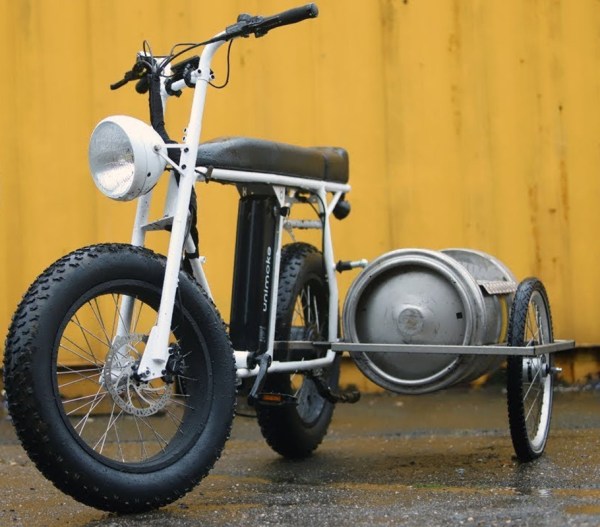One of the biggest problems of owning an older boat (besides being a money pit – that is common to all boats regardless of age) is the lack of parts and equipment, and the lack of support for those parts if you can find them at all. Like most things, this is an area that can benefit greatly from some open source solutions, which the Open Boat Projects in Germany has been able to show. (Google Translate from German)
This group has solutions for equipment problems of all kinds for essentially any sized boat. At their most recent expo, many people were interested in open source solutions for situations where there is currently only an expensive proprietary option, such as support for various plotting devices. This isn’t the only part of this project, though. It includes many separate projects, like their solutions for autopilot and navigation. There are even complete hardware packages available, all fully documented.
Open source solutions for large, expensive things like this are often few and far between for a number of reasons. There are limited options for other modes of open source transportation too, as it seems like most large companies are not willing to give up their secrets easily. Communities like this, however, give us hope that people will have other options for repairing their vehicles without having to shell out too much money.
Thanks to [mip] for the tip!

















